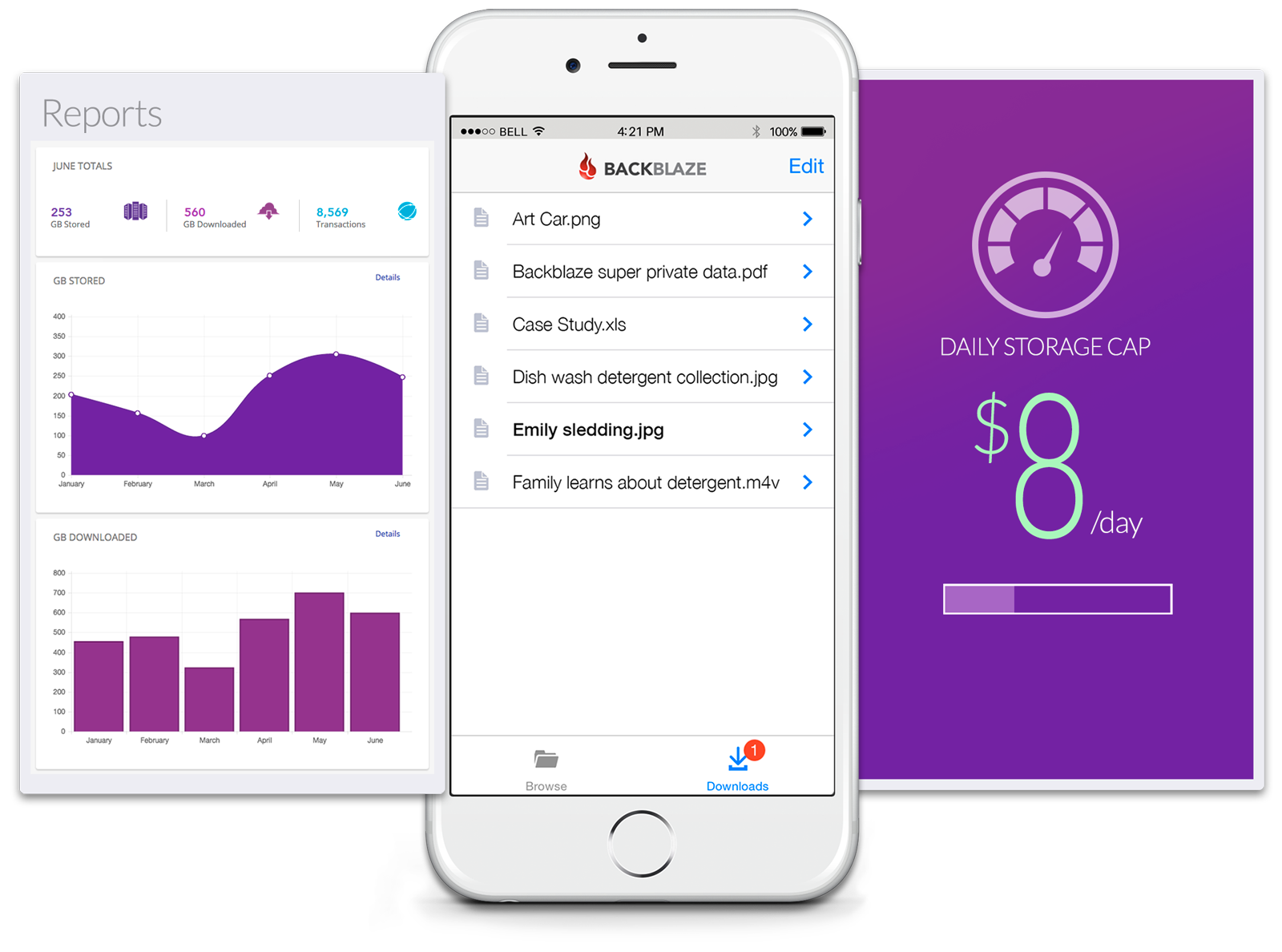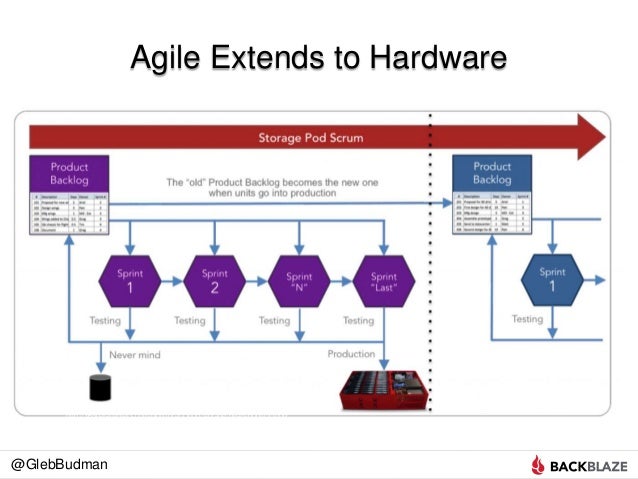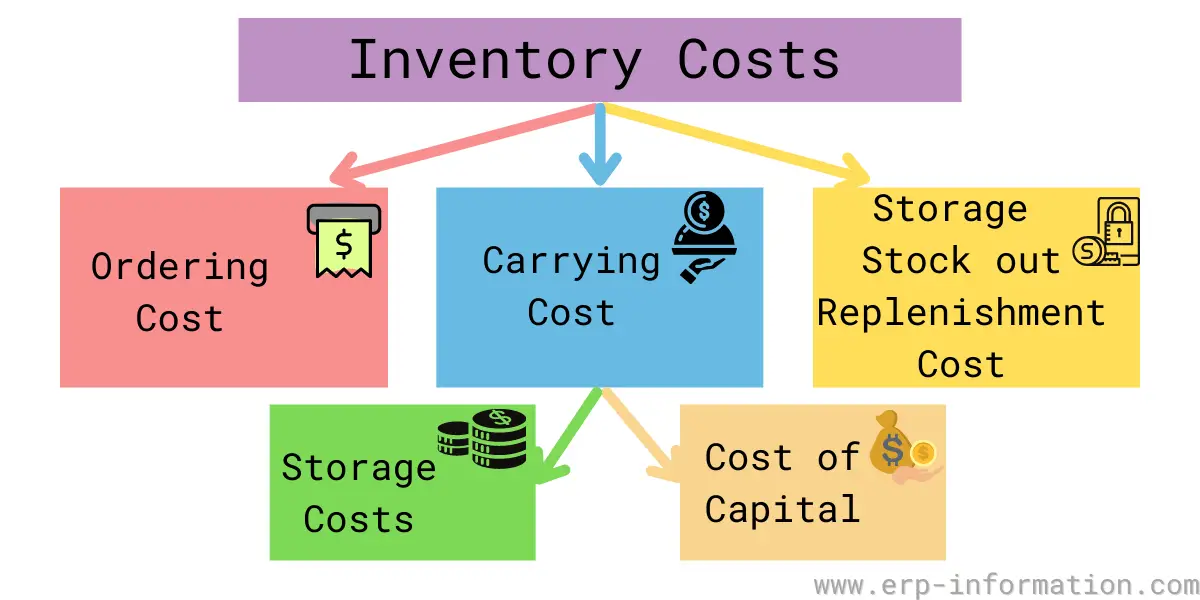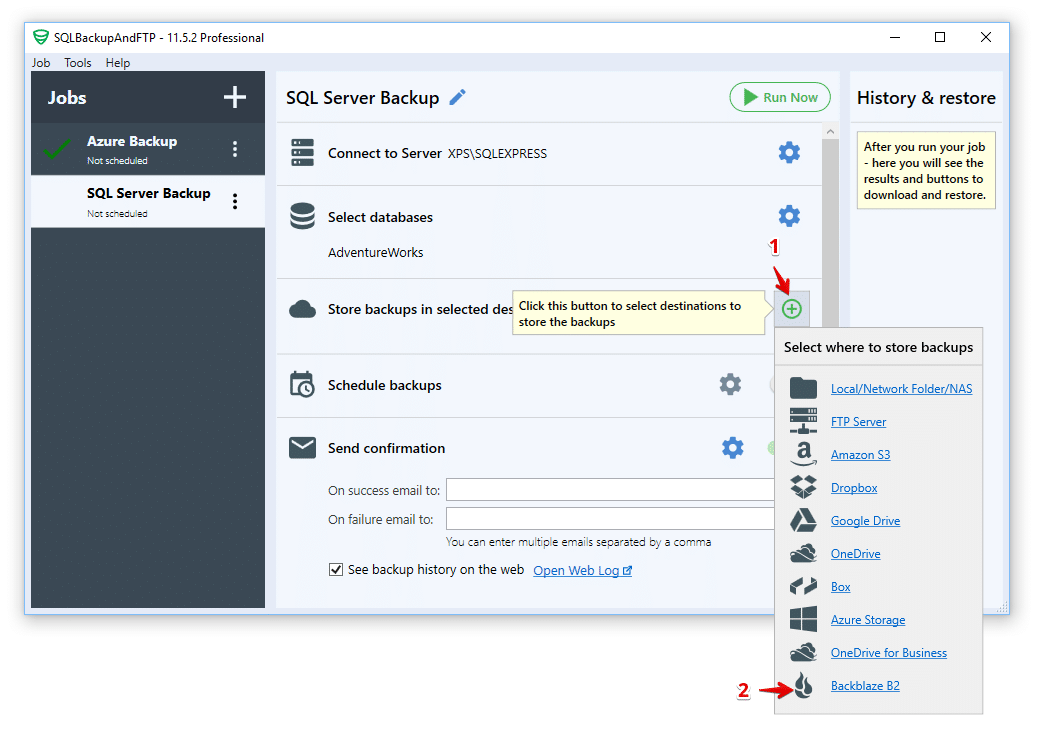
So, having gotten through this quick introduction, lets go and have a look at Backblaze B2 cloud storage! Given this super low cost of access, EU or US data centres and AWS S3 compatibility, Backblaze B2 is starting to prove very popular and with support from many software providers including Arq Backup, Cyberduck, Cloudflare and QNAP it looks set to keep growing and become increasingly popular. Getting started with Backblaze B2 is really quick and easy, in-fact, if you already have a Backblaze cloud backup account you can simply add-in B2 as an additional service. If you are completely new to Backblaze then signing up for a new account is a quick and painless process (and you will be rewarded with 10GB of free storage once your account is fully set-up).Īs was mentioned a little earlier on, Backblaze now have an EU based data centre available for both their cloud backup solution and for B2 as well, if you are wanting to use this data centre it is important to make sure you select this during the sign-up process ( this document from Backblaze support has more details). Once you have a Backblaze B2 account configured you can login to the web based interface and start managing your account and the storage buckets within.

Backblaze b2 cost software#īackblaze (at the time of writing) don’t provide an own-branded desktop client software nor do they have any smartphone apps, this means without the use of third party software this web based console is the only way to get started with the service itself.Īs can be seen above, once logged in we are automatically taken to an overview screen, to see any buckets under our account (or create new ones) we need to click on the “buckets” link on the bottom left side menu.



Once in the Buckets page we can begin by creating a new bucket, this is done using the big “Create a Bucket” button atop the page.


 0 kommentar(er)
0 kommentar(er)
